Review: Fender Hot Rod Deluxe III – is it as good as they say?
The only thing that holds a candle to a Fender-branded guitar, is a Fender-branded amp, and the Hot Rod Deluxe is right up there with the best of those.
Originally released in 1995 it was an American-made valve amp. In 2002, production switched to Mexico, and the current iteration – the Hot Rod Deluxe III – began production in 2010.
The premise of the amp is that it’s derived from the Blues Deluxe line of amps, which have been in use since forever. They’ve got a bit more power in their preamp, which is supposed to allow for louder and dirtier playing. Who doesn’t like louder and dirtier?
Core specs
Make no mistake – this is a high end amp, and that’s something that’s very much reflected in its specs. It doesn’t have a ton of effects or anything to entice you with the quantity of features. This one is definitely aiming for quality.
| What’s its output? | 40 watts | |
| Valve, solid state or hybrid? | Valves all the way | |
| What speaker configuration does it have? | One twelve inch speaker | |
| How many effects does it have? | One – just reverb | |
| How many channels does it have? | Three |
That table doesn’t go into specifics, but let’s take a look at some of the parts involved.
Parts
If you’re a valve amp veteran, you’ll be familiar with the valves involved in this combo.
Before we begin, make sure you’re ordering Fender Hot Rod from a legitimate retailer, NOT from a counterfeit seller. For your convenience, here is the Amazon link to an authentic Fender Hot Rod retailer.
The preamp section involves three 12AX7s, while the power section is driven by two 6L6s. That’s pretty much what you want to see when you’re looking at valve amps of this size, output and price. It’s important to remember that such a number of valves seriously contributes to quite a weighty amp!
The enclosure itself in made of wood, more specifically, a 7-ply maple and birchwood combination. It’s covered in a traditional black tolex, while a silver sparkle grille cloth keeps things tidy out front.
As of 2010, with the Deluxe III, it comes equipped with a Celestion G12P-80 speaker.
Looking at the control panel on top of the amp, and there aren’t any real surprises, but it’s good to look at how things sit.
It has two inputs, one with a regular output, and the other one slightly lower. More on that later on. It’s got two volumes: one for the channel, and a master volume. It’s got the EQ knobs you’d expect, and a knob to control its reverb. And finally, it has a presence knob, which I always find a weird one.
It comes with some buttons to help refine your sound too. There’s a channel select to switch between the clean and drive channels, and a further switch to engage the ‘more drive’ channel.
There are two further jack plugs called ‘preamp out’ and ‘power amp in.’ This is your effects loop. Why they couldn’t just say that is beyond me.
Construction
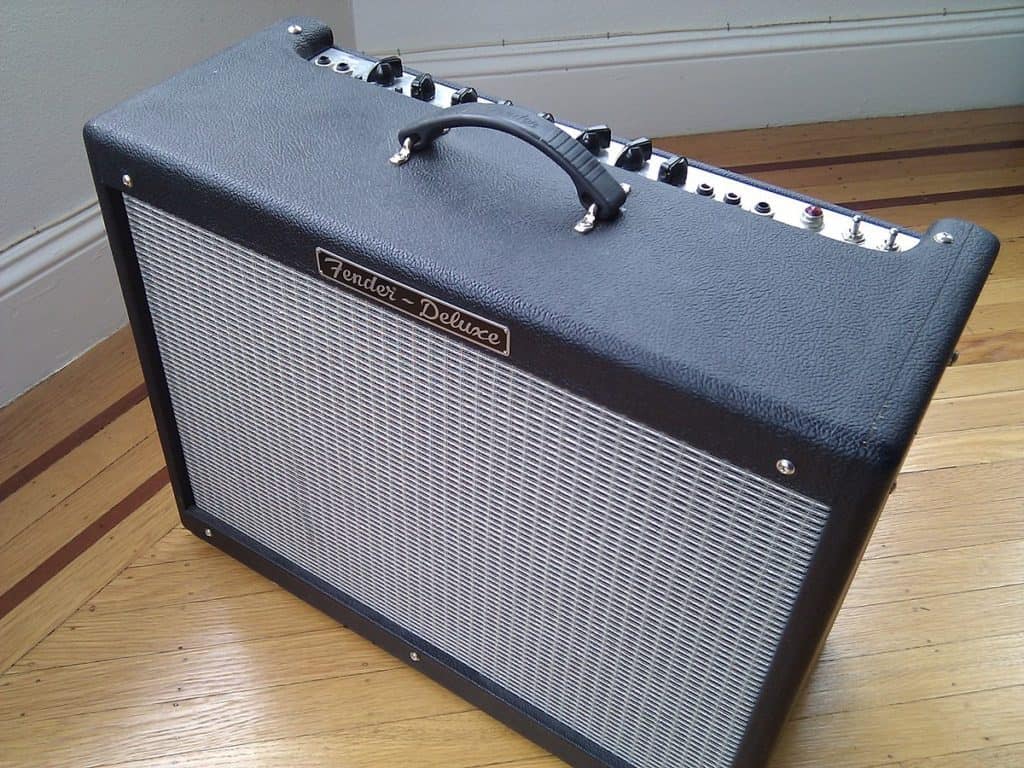
As with any product sporting the Fender name, it would be a massive surprise if there was going to be any issue regarding construction on this amp.
It’s all put together very solidly. A 40 watt output may not sound very much when you consider the number of 100 watt amps on the market. It might imply that this will only be less than half as loud as one of those, but valve amps are always going to be louder, and make no mistake: this is a good loud gigging amp.
Being a gigging amp, it needs that solid construction, or else it would be dead after one gig.
In taking a closer inspection of how the amp has been fitted together, and it’s a perfectly clean construction, with no holes or cosmetic oddities. It looks just as it should.
With amps more so than guitars, a lot of the most important construction actually takes place inside the electronics area. Being honest, I took a look, but I’m not an electrical engineer, so I couldn’t see anything that would cause concern.
Despite solid construction, it’s important to remember that the part of a valve amp most likely to give bother, is the valves themselves. Even though it feels solid as a rock, you’ll need to lug it around carefully, without and heavy movements – set it down rather than drop it. And you’ll also need to set all dials to zero when you’re turning it on or off.
Tones
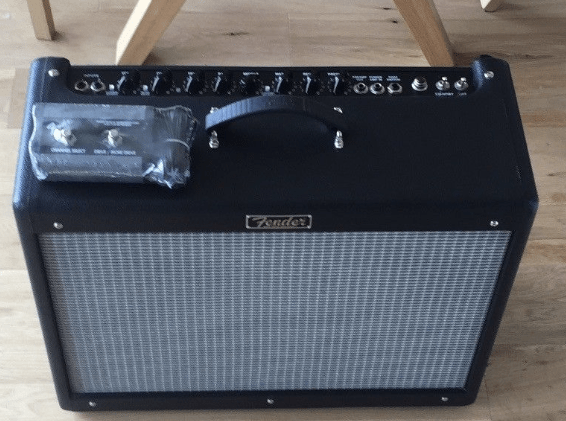
With two inputs, there’s even more to get through than a regular amp review, so I’ll do what I can to pull key points. To give the most rounded overview, I used two guitars: a single coil, and one equipped with a couple of humbuckers.
I set the amp to my go-to EQ settings: bass at four, and middle and EQ each at six. The gain was dialed up to six – that‘s generally where my slightly-more-than-crunchy blues/classic rock tone that I favor comes from.
Starting with a single coil guitar, as you’d expect Fender’s amps to be best attuned to their own products! I initially played through input one and it was OK, but I felt that for my favorite tones, it was a bit hot. The clean channel got me to a nice blues tone, on the middle pickup, with the amp’s volume cranked. I wasn’t keen on either of the overdrive channels with a single coil going through input 1.
Putting the single coil through input 2 was much more pleasant, especially on the overdrive channels. It brought me straight to the blues rock sound that I love.
Switching over to the humbucking guitar, in input 1, I felt it won. The brightness of that input worked better with the fat humbucker sounds, especially on the overdrive channels.
Playability
With modeling amps, I can bleat on about how the playability is infinite because of the number of effects and amp types that are included in the box.
It’s both a pro and a con that here, playability comes down to one thing: classic, bluesy Fender valve amp sounds.
You’ve still got versatility here, especially with the distinction between the two inputs. With two guitars, you can cover an awful lot of sonic ground. I can imagine a Strat being particularly handy being worked with this amp.
The playability of the amp really comes down to being able to take the time to enjoy the sound. If you ever get tired of it, well, that’d be weird. In saying that, I’m not sure who’d use the ‘more drive’ channel. I felt like it was too driven, to the extent that it lost some of the warmth and character of the amp.
Conclusion
If you’re after a gigging amp that doesn’t take up all of the room onstage, you could do worse than try out the Hot Rod Deluxe III.
I’d recommend it for intermediate guitarists, who want a solid valve amp for playing local gigs. It’ll be a bit weightier, with more delicate insides than the solid state or hybrid amp they’re likely to have been using before this, but that’s a small price to pay for better sounds!
If your tonal desires are blues-orientated, this is definitely a win, whether you favor single coils or humbuckers. You can get this to where you need it to be.


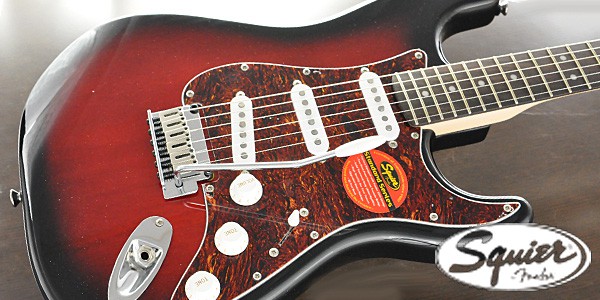

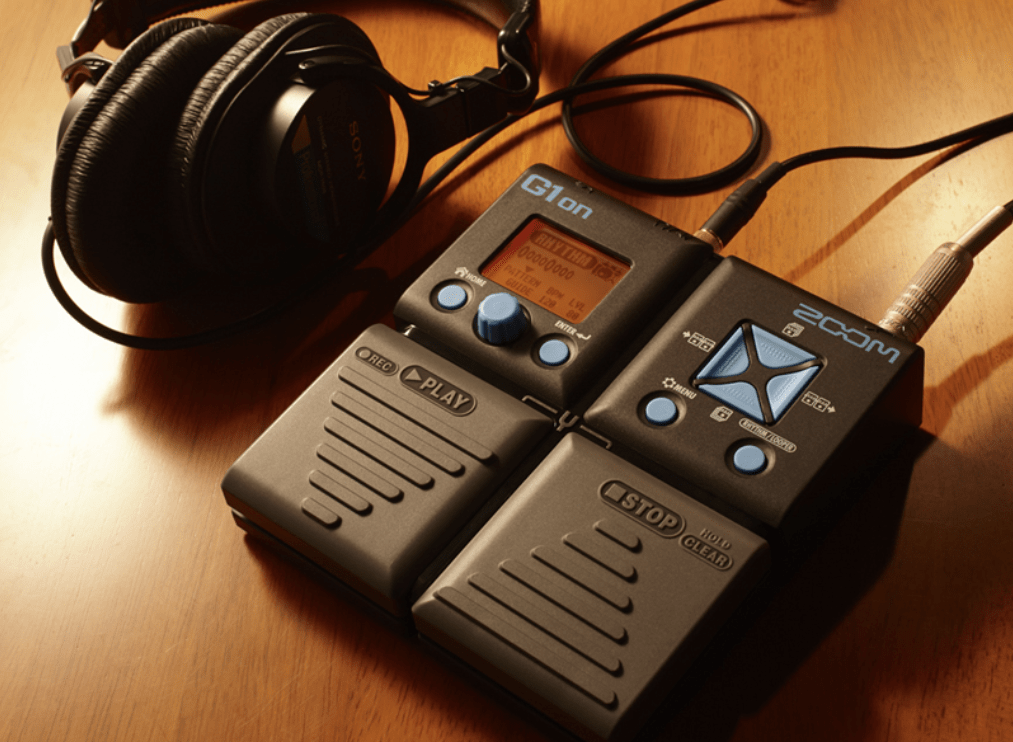
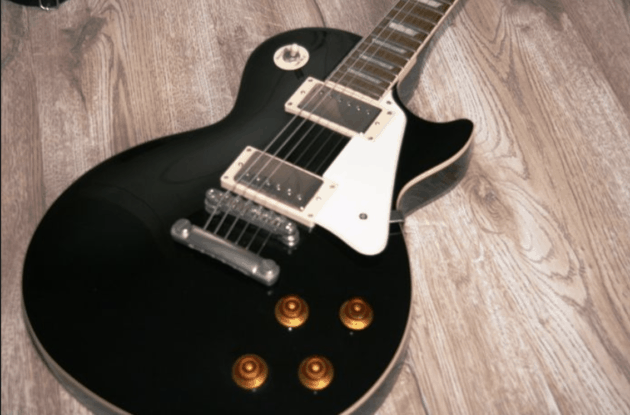
“As with any product sporting the Fender name, it would be a massive surprise if there was going to be any issue regarding construction on this amp.”
Then prepare to be surprised because this amp is well known for the cheap capacitors used in construction that lead to leakage onto the board causing a number of problems affecting sound and operation, not least of which is channels that switch by themselves, complete failure of the reverb and nasty burning smells.
I love Fender, It’s a great sounding amp, but too many cheap components let it down badly and tarnish the Fender name. You and your readers need to be aware of the lottery one takes in buying this amp. YouTube explains the issues in greater detail and Ebay even sells kits to retrofit the amp into one that’s reliable – if one’s comfortable with soldering.
Wondering at your comment of turning found all the vontrols to zero when turning the amp on or off.
That’s a new one to me and would like to know why that is and does it apply to all amps ,valve amps or just this one in perticular..
I’m not a famous pro or tech but have been playing many years and just never heard that or was ever advised to do so by salesmen, owners manuals or fellow players.
Please fill us in. Thanks.
Gary.L